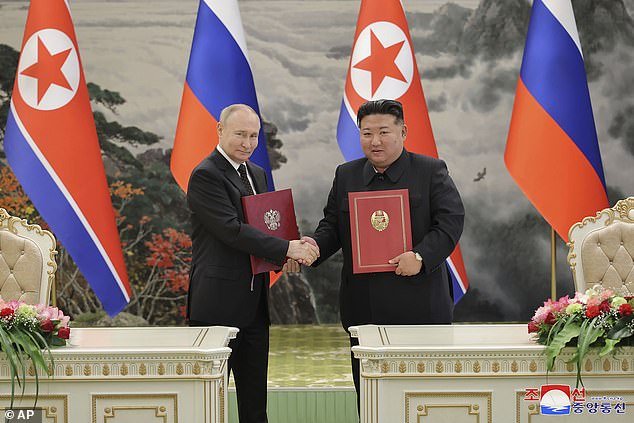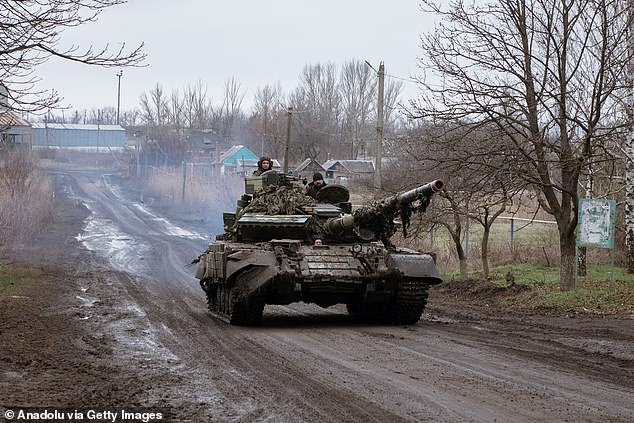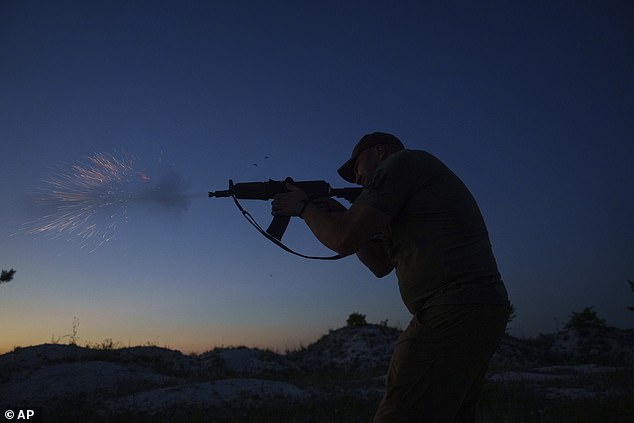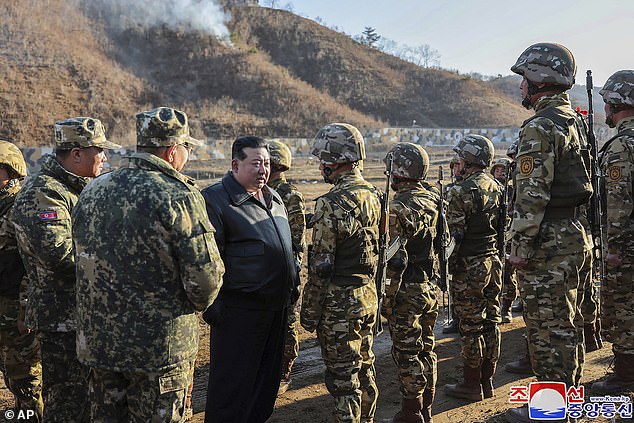North Korea is believed to be sending thousands of tunnel troops into Russia to open a new “underground front” on the border with Ukraine as part of a deal with Vladimir Putin.
kyiv suspects that the military engineers sent by Kim Jong Un are not intended for “repair work” in the Donbass, as claimed, but for some ulterior purpose.
Russia has already used tunnels twice in the conflict, in Avdiivka and Toretsk, says United Ukraine analyst Aleksey Kushch, who has warned of an attempt by Putin to break the “stalemate” in the war by digging tunnels in the summer and autumn.
“According to various sources, around five engineering brigades of the North Korean army could reach Donbass,” he said.
If so, it could be 15,000 men or more. Kushch said it was “illogical” that they were working on “restoration” while the war was “in full swing.”
Kim Jong Un meets soldiers during a visit to a Western operational training base in North Korea

Kim Jong Un, right, and Russian President Vladimir Putin shake hands after signing a comprehensive strategic partnership in Pyongyang, North Korea, Wednesday, June 19, 2024.
He said: “The Russian advance near Avdiivka and Toretsk occurred, among other things, as a result of the use of underground tunnels.”
A tunnel already existed in Avdiivka, while a tunnel almost three kilometres long had already been dug in Toretsk.
It is “a new technology of warfare… to protect against drone and artillery attacks: undermining, going to the rear, taking positions, digging in,” he said.
He warned: “Who can dig better than Koreans?”
Pyongyang has “developed its own theory of underground warfare” based on its operations in the Korean War.
The tunnels running between North and South Korea, which defectors say Kim Il Sung had ordered his army to build, were discovered during the 1970s.
Korea’s underground warfare techniques are said to have been developed amid paranoia over a Western nuclear attack.
In eastern Ukraine, “underground tactics can be used for a ‘creeping offensive’ and to break through complex and layered defenses, and to minimize losses caused by drone and artillery attacks,” he said.

A T-64 tank passes through Novoselivka Persha after leaving Avdiivka, Ukraine
“I wouldn’t be surprised if the ‘clandestine war’ strategy was approved during Putin’s visit to the DPRK. Perhaps it was proposed by the North Koreans themselves.”
Ukraine needs to “technically prepare for such risks,” he added.
In Avdiivka, Russian commander Anton “Zima” Morozov, 28, led his troops on all fours through a mile-long concrete pipe that the Russians had spent months clearing.
They positioned themselves behind Ukrainian positions during one of the bloodiest and most bitter battles of the war.
A Russian account of this operation said: ‘When everything was ready, more than 100 of our attack soldiers forced their way through the pipeline to the rear of the key Ukrainian position called the Tsar’s Hunt (formerly a hotel and recreation complex).

A Ukrainian serviceman is seen during a training in the Donetsk region, Ukraine, Saturday, June 29, 2024.
‘Most of the Ukrainian armed forces defending the site were destroyed and about a dozen were captured.
The operation provided the Russians with a key bridgehead, accelerating the Ukrainian withdrawal from Avdiivka.
Morozov was recommended for the Kremlin’s highest honour – Hero of Russia – but was assassinated before he could receive it.
He was shot 11 times in an apparent Ukrainian operation.

